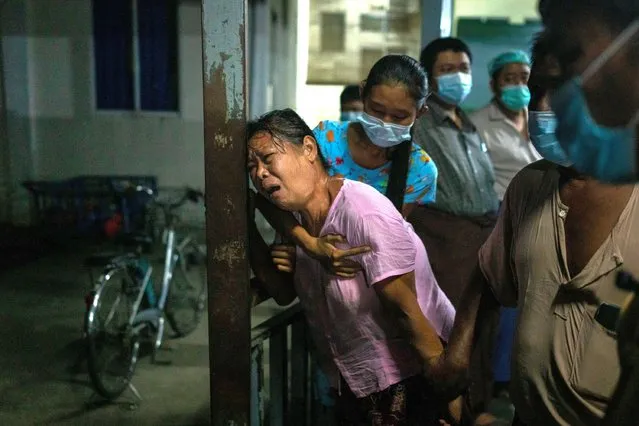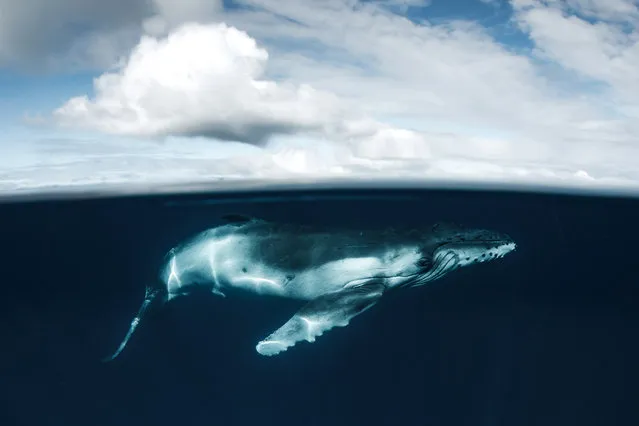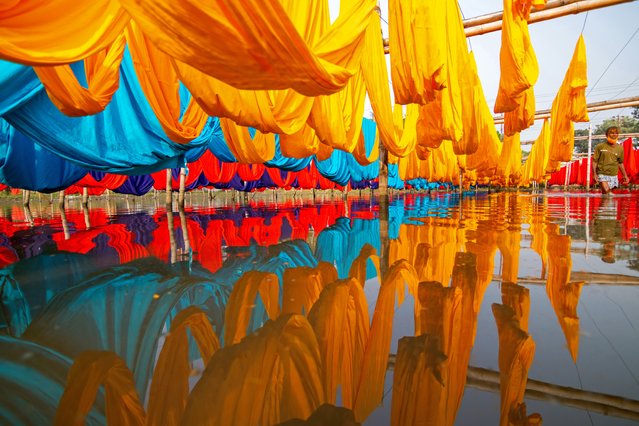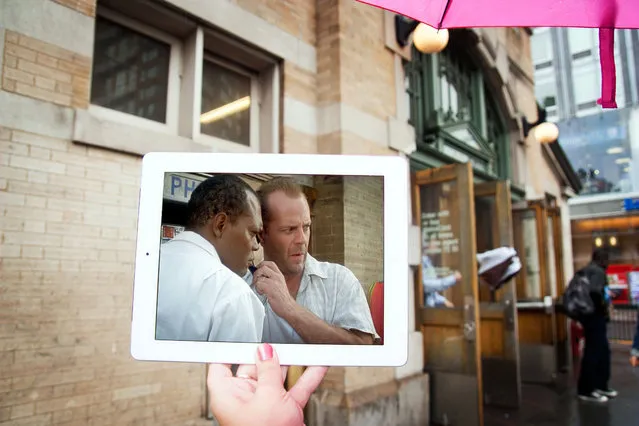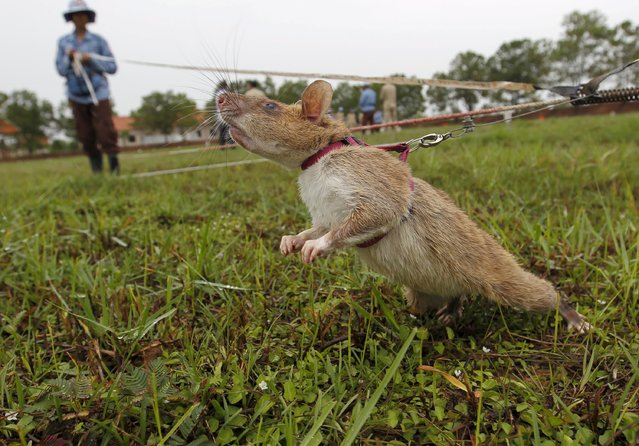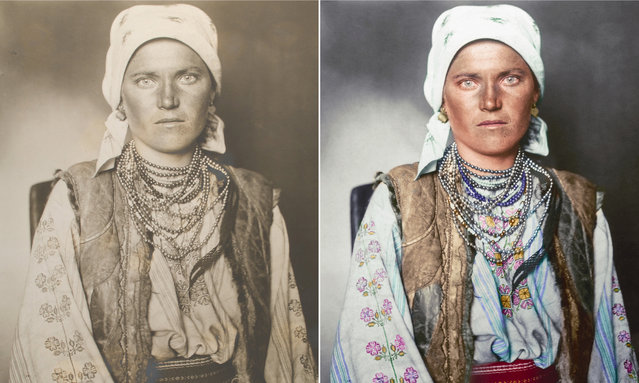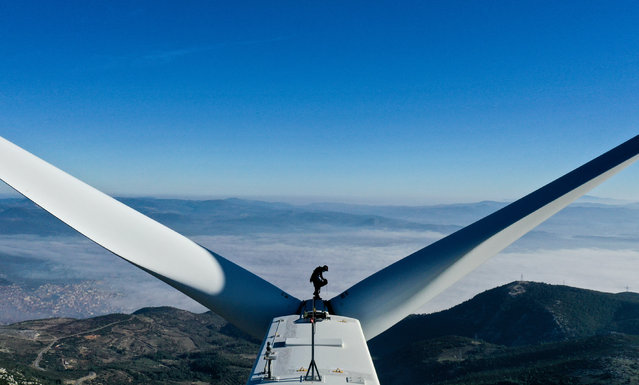
Rope access technicians carry out maintenance service on wind turbines including repairs, blade inspections and cleaning in Izmir, Turkey on February 19, 2021. In Turkey, where investments in renewable energy has increased, there are wind tribunes over 3,500. (Photo by Mahmut Serdar Alakus/Anadolu Agency via Getty Images)
26 Feb 2021 11:29:00,post received
0 comments

